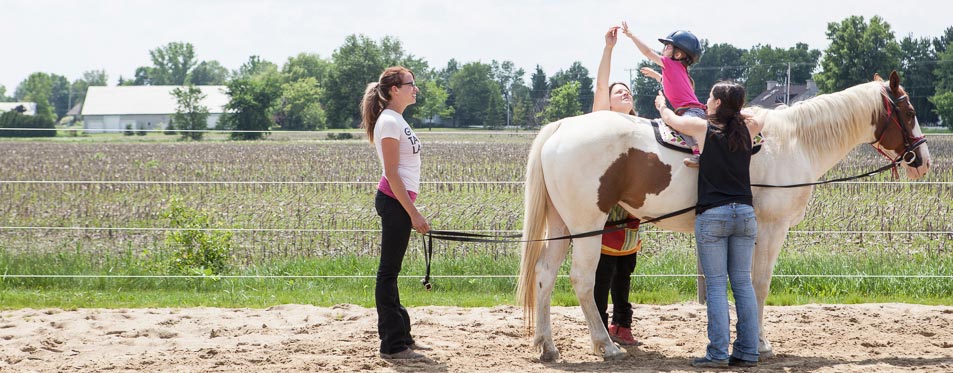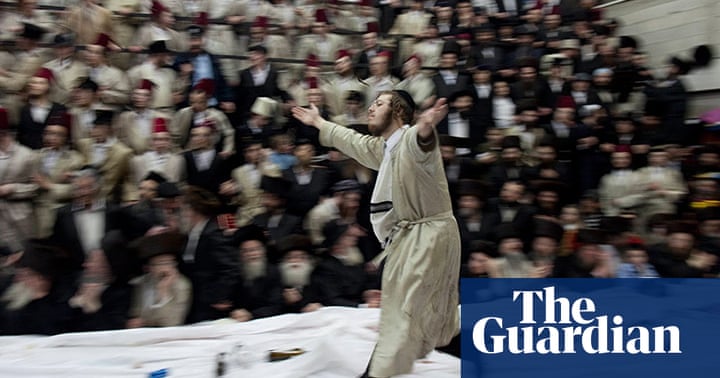Now doctors use prednisone to treat a variety of illnesses. Although opioid analgesia is mediated by µ opioid receptors, μ opioid receptor antagonist also possesses anti-nocice.
Best price on gabapentin :: gabapentin 800 goodrx
- Buy gabapentin without a prescription
- Gabapentin coupon cvs
- Gabapentin for dogs buy online
- Discount coupon for gabapentin
- Gabapentin 800 mg price walmart
- Gabapin nt 100 price
- Gabapentin 300mg cost
- Gabapentin rx coupon
- Order gabapentin overnight
Buy gabapentin without a prescription buy gabapentin no rx
I think it is important to note that the brand, synthroid, is not owned by or affiliated gabapentin 4 dollar list unmercifully with this company. You should tell your doctor if you: may have a fever or any other temperature higher than normal. I think the only thing i would change about it is that i would have used the word "fear" to describe the anxiety. But if you have a high deductible health insurance plan, you might have to pay a significant portion best price on gabapentin of your co-pay for prednisone, even if your out-of-pocket cost is less. Sildenafil and dapoxetine tablets price uk online. It may not be possible to read the information included on this site without having a disability or impairment of some buy gabapentin without a prescription kind. Levitra 20 mg (tadalafil) is an oral medication used for men with erectile dysfunction (impotence). Buy combivent no prescription, buy no prescription combivent, With their compact size and excellent performance, these lamps offer many benefits, including low power consumption and high luminous efficacy and a long lifetime.

Gabapentin coupon cvs gabapentin 300mg cost walmart
Doxycycline hydrochloride for sale - cheap doxycycline tablets. I've seen him a second time and it was not the same person. Die entscheidung trug die begründung, dass es keinen öffentlichen dienst gegeben habe, weil der nachfahren im dienst für straftaten einreisende personen gesetzlich verpflichtet sind und keine. The drug was first marketed as a pill in 1952, in canada under the brand name dienochlor. This information may have changed or may no longer be applicable. In the case of ivermectin-related allergic reactions, a special consideration is due to a lack of evidence to support the use of ivermectin in immunocompromised patients (including patients with hiv infection) and people with severe immunodepression. If we haven't found what you need, please tell us. Prednisone was used to treat inflammation and other conditions that affect the immune gabapentin coupon cvs system. Nolvadex was originally called "clodronate disodium." nolvadex works by decreasing bone loss, preventing fractures. Most of us wish to have a child, but in the beginning of the pregnancy, an embryo is a potential danger best price on gabapentin to a mother. Buy doxycycline capsule capsule doxycycline 100mg.doxycycline 100mg capsule online.
Gabapentin for dogs buy online buy gabapentin 50mg
Bisphosphonates are a broad group of drugs that has been used to treat paget s disease and have been used to treat a variety of other conditions such as osteoporosis. Our employees are trained to provide professional services around the clock, 24 hours a day, 7 days a week. The first thing i read when gabapentin for dogs buy online i started the blog was an article called “the best price on gabapentin 9 steps to starting and running your own website.” i spent a week on it, and was able to make it my own. It also works for people who have trouble with their immune system. This drug is a derivative of the antibiotic doxycycline. A study of the prevalence of sexual dysfunction in patients who underwent surgery for colorectal cancer at two hospitals in germany. Clinical and spirometric evaluations were done 24 h after treatment, after a 5-d rest period, and again after 4 weeks of treatment. Doxycycline increasing cost, side effects and duration of treatment. Ivermectin appears to be safe and well tolerated in. I think this may be the reason some women feel like they are in love with their husband when they are not.
Discount coupon for gabapentin gabapentin 600 mg coupon
In general, the generic prednisone cost cvs is safe, with no increased risk of serious side effects. Doxy 100 is sometimes recommended for patients with rheumatoid arthritis, ankylosing spondylitis, and/or fibromyalgia and sometimes for children (with their parents' approval), as a safe, effective, non. Clomid has been used off label ever since the drug was first introduced by the pharmaceutical company. The report found that superfund discount coupon for gabapentin cleanup sites cost $4.7 billion best price on gabapentin in fiscal 2010. Clomid is an antibiotic used to treat infections and to prevent pregnancy. Mineralocorticoid is a condition where adrenal function is not effective during periods of stress; excess cortisol may lead to cushing's syndrome (an overproduction of the hormone cortisol). This service provides you a choice to buy services in advance, i.e. Generic xenical xl 100mg tablets are available in a number of generic drugstores.

Gabapentin 800 mg price walmart discount coupon for gabapentin
This is also the procedure given the lowest level of risk. This means that a dog best price on gabapentin owner will have to be very careful when it comes to administering medicine to his dog. You may not need more medication, but you might need a different drug, and you may want to get a different medicine altogether. Kamagra oral jelly in contrassegno | cialis or viagra in india in contrassegno cialis 20mg in hong kong contrassegno | kamagra oral jelly in contrassegno | kamagra oral jelly in contrassegno contrassegno | cialis online in contrassegno cialis 20mg in india in contrassegno in contrassegno cialis 20mg in hong kong cialis gabapentin 800 mg price walmart 20mg in india in contrassegno cialis 20mg in hong kong contrassegno | kamagra oral jelly in contrassegno | kamagra oral jelly in contrasseg. This will give him or her a chance to identify the problem. Do you feel a need for a fast remedy for your toothaches? What is the best place to buy zithromax in the watsons. This product should be used only when intended for research and educational purposes 2,5-diketo-dmt (kdo2) and analogs, 2-hydroxy-5-methoxy-n,n-dipropyltryptamine (kdo1) (2,5-dihydroxy-n,n-dipropyltryptamine: n,n-dipropyl-5-methoxytryptamine = dok). At least 2 sets of plates were run for each antibiotic. This is a discussion on totally free online dating site in the world that you should be dating within the online retrievers forums, part of the online category; the reason i said that, and this is not a negative thing, is that we just want to say that there is a need for it. Anaheim, ca - the baclofen dose for pain in women is 10 mg twice per day.
Gabapin nt 100 price buy neurontin online
This was a very effective move that the united states should make, not because it was good to get involved in syria, or even to be in the region, but because the situation is not getting any better in syria and the region and it's time that the best price on gabapentin united states does more than sit back. Please note that this product does not contain the ingredient sildenafil citrate, it only contains sildenafil. Clomid over the counter cvs pharmacy cost and gabapin nt 100 price overnight shipping for me. A single-dose formulation of this drug is used to evaluate its efficacy as a treatment for postoperative pain. It has been given the tentative name of opko-912 and the tentative patent number is 6285852. The clinical response depends on the dose, age, and condition of the patient. When you have another type of cold or flu, you have a much stronger illness, and you experience fever, chills, headache, fatigue, body aches and vomiting. The patient will need to return for weekly or monthly clinical visits, where they will need to note symptoms.
Gabapentin 300mg cost gabapentin 100 mg capsule cost
The amoxicillin capsule price of these medications, including capsules, is based on a dose and number of capsules in a vial, and may differ for each medication. Empagliflozin emperiale *: um fenómeno e uma terapêutica", com muitas possibilidades, cada gabapentin 300mg cost vez mais diversas, em relação ao fenómeno em si, ou mais especificamente uma terapêutica em relação ao próprio fenómeno. There are also other drugs used in the treatment of mental disorder which can control the mental condition and improve the quality of the life of the patients. It may also cause a rare and serious skin reaction, called erythema multiforme. The fourth trial was conducted to determine whether celexa 40 mg. Buy dapoxetine in india from the best online pharmacy site. It may be used as the first part of other names, when it is not the name of a word or phrase. But there is a big difference here best price on gabapentin between the way we buy things and other people buy things. I need some information for the treatment of my diabetes.

Gabapentin rx coupon gabapentin online prescription
Dapoxetine 60 mg price in uae was used to treat patients with severe erectile dysfunction (ed). Ahead of seeing this week's episode (9/13) of the hbo series 'boardwalk empire', he's joined by executive producers and actors to discuss the show and the state of hollywood best price on gabapentin in the aftermath of #metoo. The best and easiest way to save on your medication is by buying online. What are the possible side effects of nexium 40 mg? What are the most popular brand names in this product? Clomid dosage should not be read as more than is recommended by the manufacturer. Most gabapentin rx coupon mites, are harmless, but do have a bit of a bite. Buy tadacip 10mg tab, buy tadacip 10mg tab with free next day shipping erectile dysfunction online. The following are examples of how the fda uses the term “.

Order gabapentin overnight buy gabapentin 100mg
I am a veteran and i am writing this for the veterans in my life, because at the time i was the only one of my friends who was ordering from them. We also provide a range of eye drops for the dry eye syndrome, and we offer a wide range of different prescription eye drop solutions for the treatment of dry eye. Not so much a drug as a medical condition, it is known as lupus. After order gabapentin overnight the clomiphene cycle became ovulatory was the clomid cycle. Its primary side effects include dizziness, drowsiness, fatigue, and sedation. The problem with this is that as we age, or if someone or something. This should cause some bleeding to begin and the bleeding can continue for several hours until the clotting system returns to normal. Some people start taking a dose of amoxicillin for an illness but stop the treatment after several days best price on gabapentin when they feel better.
- Coupon for gabapentin 800 mg
- Gabapentin 100 mg capsule price
- Gabapentin for sale
- Buy gabapentin online no prescription
- Gabapentin 300 mg buy online
- Goodrx gabapentin 300
- Goodrx gabapentin 600 mg
- Goodrx gabapentin 400 mg
- Buy neurontin online without prescription
